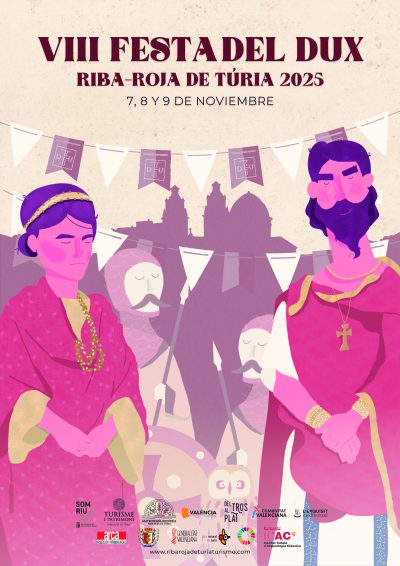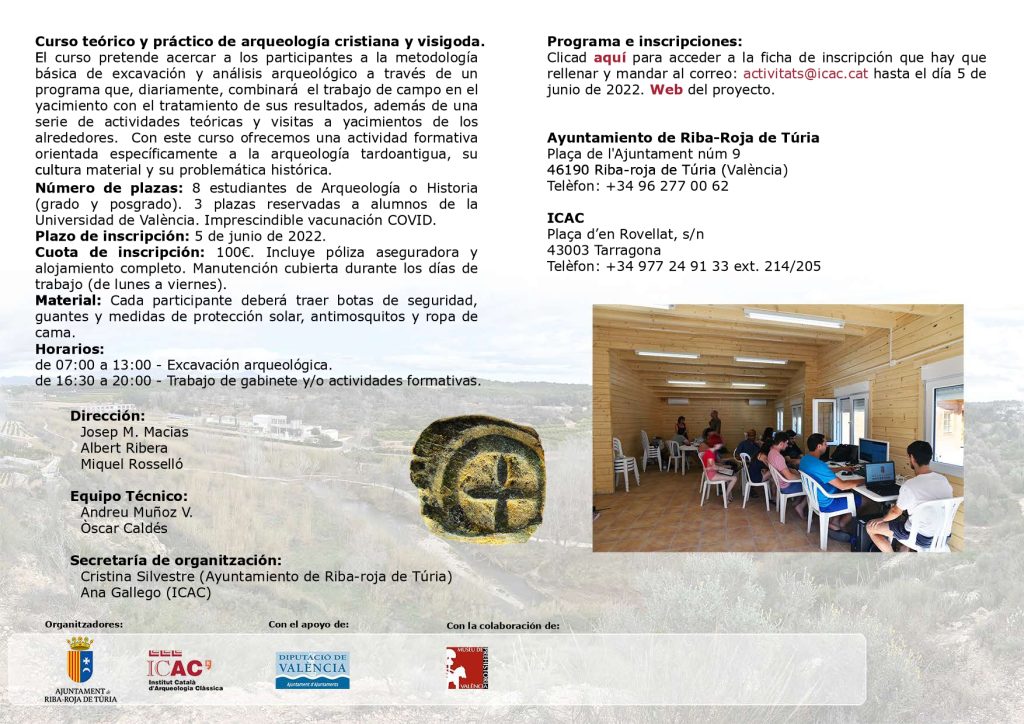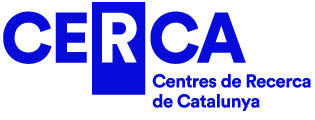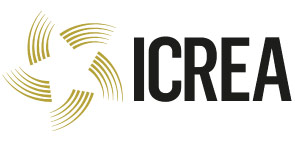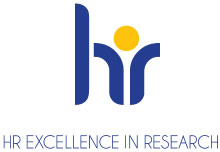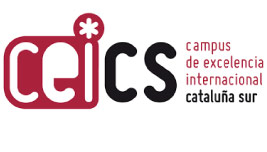Del 7 al 9 de novembre, torna la Festa del Dux a Riba-roja de Túria per celebrar l’herència visigòtica del municipi i posar en valor els jaciments del Pla de Nadal i València la Vella.
El dissabte dia 8, l’Institut Català d’Arqueologia Clàssica hi participa activament amb diverses propostes de divulgació científica:
- 11.00 h. Investigadors de l’ICAC oferiran una visita guiada al jaciment de València la Vella, on es podrà conèixer de primera mà els resultats de les darreres campanyes d’excavació i la importància del lloc en el context visigòtic.
Inscripció prèvia aquí. Places limitades.
A la tarda, a partir de les 17.30 h, la Sala d’Audiovisuals del Molino acollirà un cicle de xerrades divulgatives obertes al públic:
- 17.30 h: Les grans dones després de l’etapa romana, amb Albert V. Ribera Lacomba
- 18.15 h: Química i arqueologia al Pla de Nadal, amb Josep M. Macias Solé
- 19.00 h: Un salt en el territori: València la Vella i el seu entorn, amb Belisa Tarín Mora
Inscripció prèvia aquí. Places limitades.
📍 Podeu consultar tota la informació i el programa a www.ribarojadeturiaturismo.com
